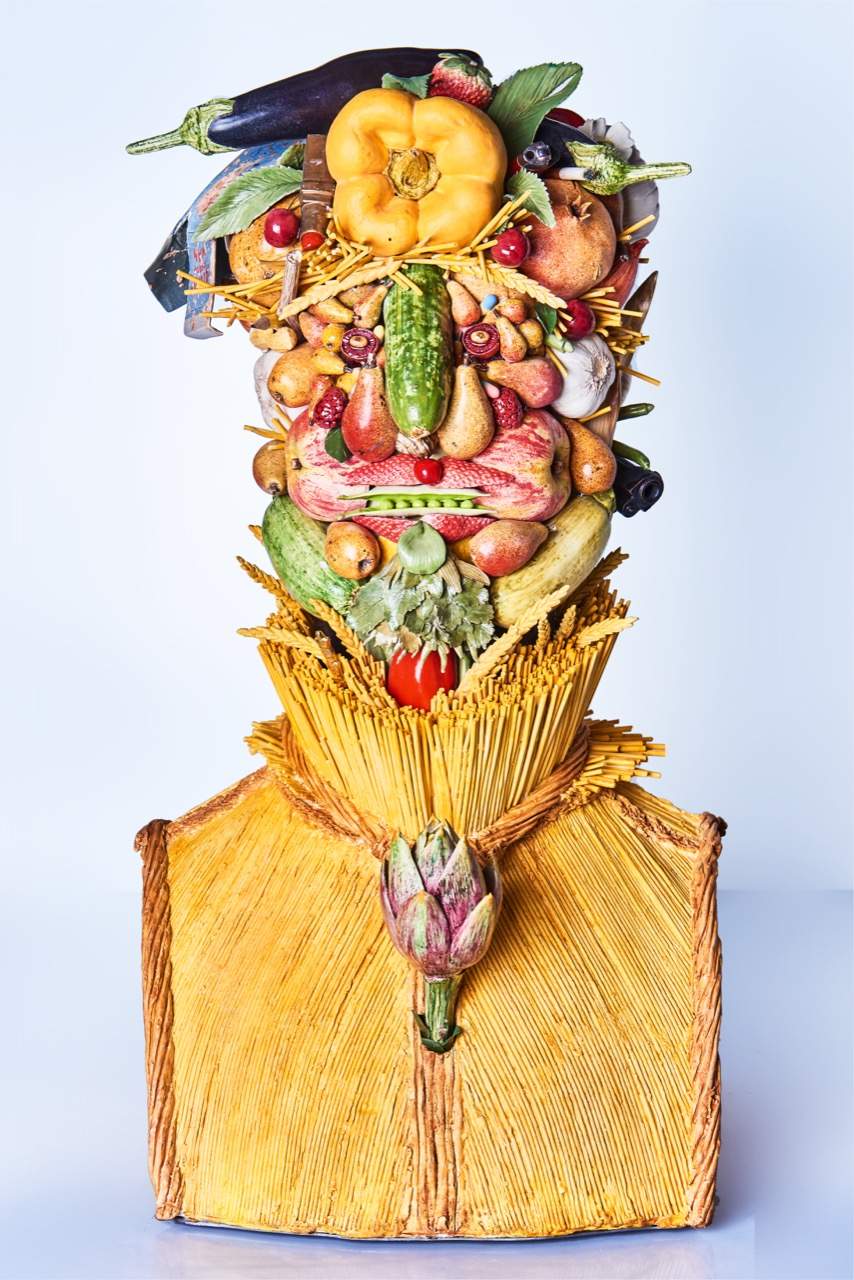From Pistoletto to Botero, bites of reality on display in Pietrasanta
How does art produce reality? This is the question from which the exhibition Reality bites. Art produces reality, set up starting Aug. 29 (with vernissage at 7 p.m.) in the spaces of the Fucina d’Arte Gallery in Pietrasanta. The exhibition, curated by Alessandro Romanini, is part of the collective initiative Fabbrica Millul, the new art district on the outskirts of Pietrasanta, linked to art and design and consisting of Galleria Giovanni Bonelli, Lucifero Design and Galleria Fucina d’Arte.
The exhibition showcases the works of twenty artists (different in poetics, technique and age affiliation), who use different media, but with a common trait: an analytical and elaborative approach to reality. A reality that the works do not reproduce in a mimetic way, but often anticipate in a prophetic form, producing “reality bites” (this is the translation of the title of the review) in a new form, endowed with innovative, other interpretative and spatio-temporal dynamics. But the title also alludes to a “reality that bites” (another possible translation of the phrase “reality bites”), and thus to a history that is exhibited in the exhibition spaces, with their genius loci, inauspicious pages (those of the Millul family, historical owners of the complex where the new art district now stands, persecuted by the Nazifascists because they were Jewish) that unite the local and global dimensions in a single reflection.
Among the exhibiting artists are several big names in national and international art: Stefano Arienti, Roberto Barni, Bertozzi & Casoni, Fernando Botero, Michelangelo Consani, Vittorio Corsini, Amedeo Desideri, Aron Demetz, Chiara Del Vecchio, Giuseppe Donnaloia, Roberto Fanari, Luca Gaddini, Veronica Gaido, Piero Gilardi, Rachel Lee Hovnanian, Javier Marin, Karen LaMonte, Mimmo Paladino, Alessandro Papetti, Massimiliano Pelletti, Michelangelo Pistoletto, Matteo Pugliese, Marc Quinn, Salvo, Antonio Sidibè, Antonio Trotta, and Giuseppe Uncini. Each of whom declines reality in a different way: their works become almost antennae capable of picking up impulses from the past and present to give rise to concrete and applicable future hypotheses built on imagination.
“Varied and articulated,” reads the exhibition presentation, “the strategies deployed by the artists in the exhibition: recomposing volumetries and chromaticisms of the architectural and landscape dimensions (Salvo), integrating sculpture with architecture and hybridizing it in its influences from East to West (Pugliese) engaging the viewer on the terrain of perception (Fanari, Gaido), dialoguing with time and the concept of the classical (Paladino, Pelletti), experimenting with the’inexhaustible plastic universe of the figure (Demetz) and its volumes and structural parameters (Botero), use non-purposeful materials in plastic-pictorial exercises (Arienti), twist the’decorative use of materials such as ceramics in contemporary iconographies (Bertozzi & Casoni), bending various materials in the service of daring anatomies (Marin), conceptually elaborating reality (Pistoletto), classical materials and sources (Consani) and nature (Gilardi, Sidibè), accentuating the playful-Dadaist dimension (Desideri), to name a few solutions in the exhibition.”
For more information you can visit Fucina d’Arte’s Facebook page.
Pictured here is one of Bertozzi and Casoni’s “Archboldesque deceptions.”
 |
| From Pistoletto to Botero, bites of reality on display in Pietrasanta |
Warning: the translation into English of the original Italian article was created using automatic tools. We undertake to review all articles, but we do not guarantee the total absence of inaccuracies in the translation due to the program. You can find the original by clicking on the ITA button. If you find any mistake,please contact us.





























